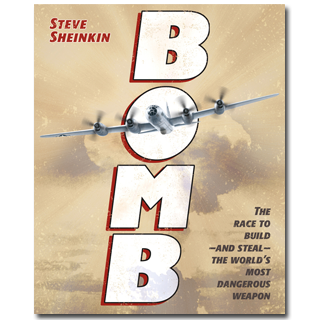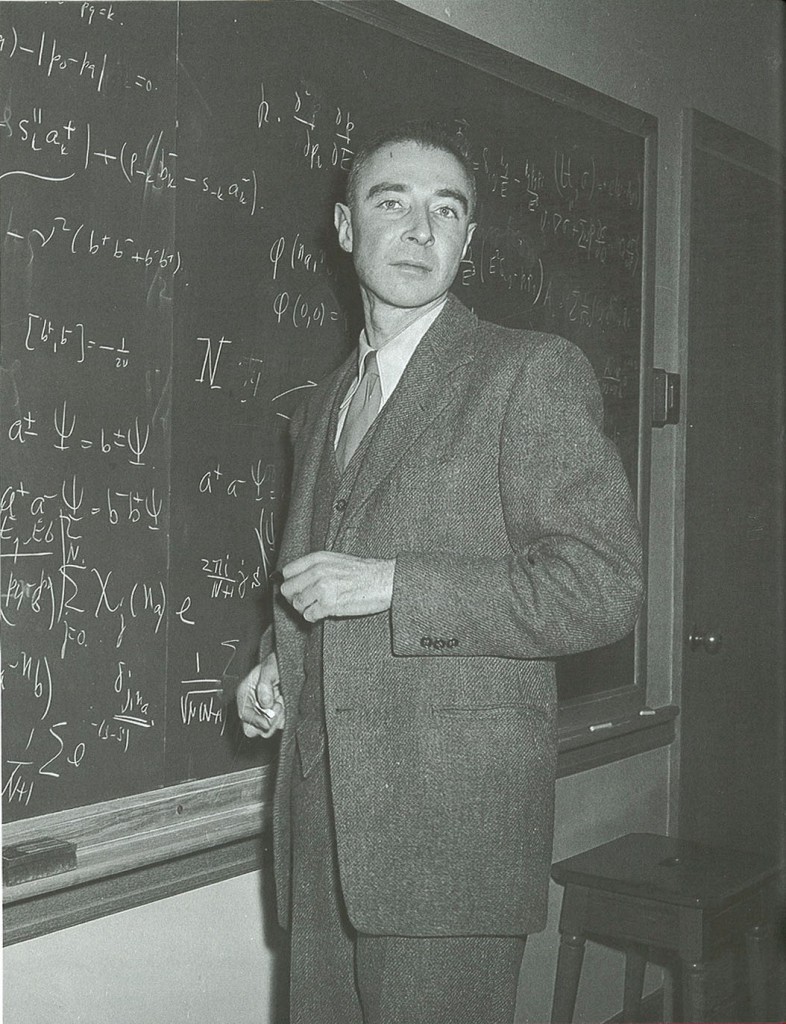
A FEW OTHER EVENTS FOR
SEPTEMBER 17:
- Happy birthday Chris Crutcher (Staying Fat for Sarah Byrnes).
- It’s the birth date of Karla Kuskin (1932-2009), The Philharmonic Gets Dressed.
- In 1867, Harvard School of Dental Medicine, the first dental school in the U.S., is established. Read Doctor De Soto by William Steig.
- In 1897, the first ship arrives in Seattle carrying gold from the Yukon, a Canadian Territory. Read Children of the Gold Rush by Claire Rudolf Murphy and Jane G. Haigh.
From my point of view, author Steve Sheinkin is one of the most interesting young writers of narrative nonfiction today. Like most who choose to write nonfiction, he has an obsession, a passion, for history. But he excels in making history exciting for young readers, in bringing them into the action and adventure of whatever topic he handles. As someone who also creates nonfiction for children, I am in awe of his particular talent. He writes the kind of books I would love to write—and provides children with stories they want to read.
September is Read a New Book month, and Sheinkin’s 2012 title, Bomb: The Race to Build—and Steal—the World’s Most Dangerous Weapon, kept me riveted for 260 pages. The story begins and ends on May 22, 1950, with Harry Gold rushing around his bedroom, destroying seventeen years of evidence before the FBI arrives to arrest him. Even the verbs of this scene shout action—ripped, stumbled, grabbed, shoved—as if the text might have been written by the master of espionage fiction himself, John le Carre. Immediately Sheinkin brings us into the world of espionage,  counterintelligence, spies, secrets, and the race to build the atomic bomb. As he tells us “This is a big story. It’s the story of the creation—and theft—of the deadliest weapon ever invented.”
In the first part of the race, Robert Oppenheimer, America’s brilliant theoretical physicist, pulls together his dream team and races against the clock to develop an atomic bomb before the Germans do. But although perfect for this job, Oppenheimer was a Communist at one period of his life and hence has been the subject of investigation by the FBI since 1941. Realizing that Americans are developing this weapon, the Soviet Union’s KGB makes every effort to infiltrate Oppenheimer’s scientific team and obtain the plans for the bomb for themselves. And as the book progresses Knut Haukelid of Norway and other members of the Norway resistance set out on an almost suicidal mission to blow up the plant creating “heavy water” needed for the German bomb. Why does anyone need to read spy thrillers when the actual history of this time period is so exciting?
Just as he did in The Notorious Benedict Arnold Sheinkin plays up the drama, develops characters, and takes readers to the heart of the action. In the process he makes the evolution of the atomic bomb seem like one of the most amazing stories every told. But rather than ending the book with the explosion of the first bomb, Sheinkin carries the story forward to its impact on Oppenheimer and to the world in general.
As someone who reads widely in World War II history, I found myself saying in every chapter, “I didn’t know that!” For young readers, ages eleven through fourteen, the entire saga will be news. If you want to pair a new fiction with nonfiction, Margi Preus’s Shadow on the Mountain will help round out the part of Sheinkin’s book that takes place in Norway. Even those who might not think themselves or their children the ideal audience for this particular topic, Bomb is worth reading and studying—just to show what an author can accomplish in narrative nonfiction.
Here’s a passage from Bomb:
Harry Gold was right: This is a big story. It’s the story of the creation—and theft—of the deadliest weapon ever invented. The scenes speed around the world, from secret labs to commando raids to street-corner spy meetings. But like most big stories, this one starts small. Let’s pick up the action sixteen years before FBI agents cornered Harry Gold in Philadelphia. Let’s start 3,000 miles to the west, in Berkeley, California, on a chilly night in February 1934.
On a hill high above town, a man and a woman sat in a parked car. In the driver’s seat was a very thin young physics professor named Robert Oppenheimer. Beside him sat his date, a graduate student named Melba Phillips. The two looked out at the view of San Francisco Bay.
[photo: Robert Oppenheimer poses at the front of his classroom at Princeton University, December 17, 1947.]
Originally posted September 17, 2012. Updated for 2024.














I can’t wait to read this, Anita. Right up my alley!
Leda: You bet. Communists, Cold War, FBI… and an exciting book.
Absolutely! I just read it last week and I’m still reeling from the impact. Immediately emailed my son, who teaches physics in California, to have his school librarian order it. Awesome!
Anita,
Can’t wait to read this book. I just finished reading Shadow on the Mountain and loved it! Thanks for another great post.
Just saw you reviewed this yesterday and agree with you completely. This is indeed thriller nonfiction. I’m in awe of what this author can do.
Monica: “awe” is a good word. In the hands of another writer, this material could leave readers yawning.
An exciting non-fiction book! Wow! Seems like it could be a great read aloud!
Thanks Anita for another great tip – I didn’t notice it when you published it originally in September. I just saw it on your facebook page – but its never too late for a great book 🙂
Read Aloud Dad
Read Aloud Dad: Steve Sheinkin also has other fabulous books, including The Notorious Benedict Arnold.
Read The Notorious Benedict Arnold and you will NEVER look at Arnold as just a traitor to the revolution again. He is a great presenter as well, did an intensive at the SCBWI LA conference this year. Thoroughly enjoyed his program and learned a lot!
I loved this book! I read Bomb for my Children’s Literature class at Vanderbilt University and we had some wonderful discussions about why this would be a perfect way to get middle schoolers interested in this time period. The reader instantly becomes immersed in this time period, and students would not even realize that they are learning information because they would be on the edge of their seats while reading this book! In addition, I took a class on the History of the Cold War, and I wish that I had been able to read this book before taking the class so that I could have had better background knowledge of this historical time. So glad that you loved it too!